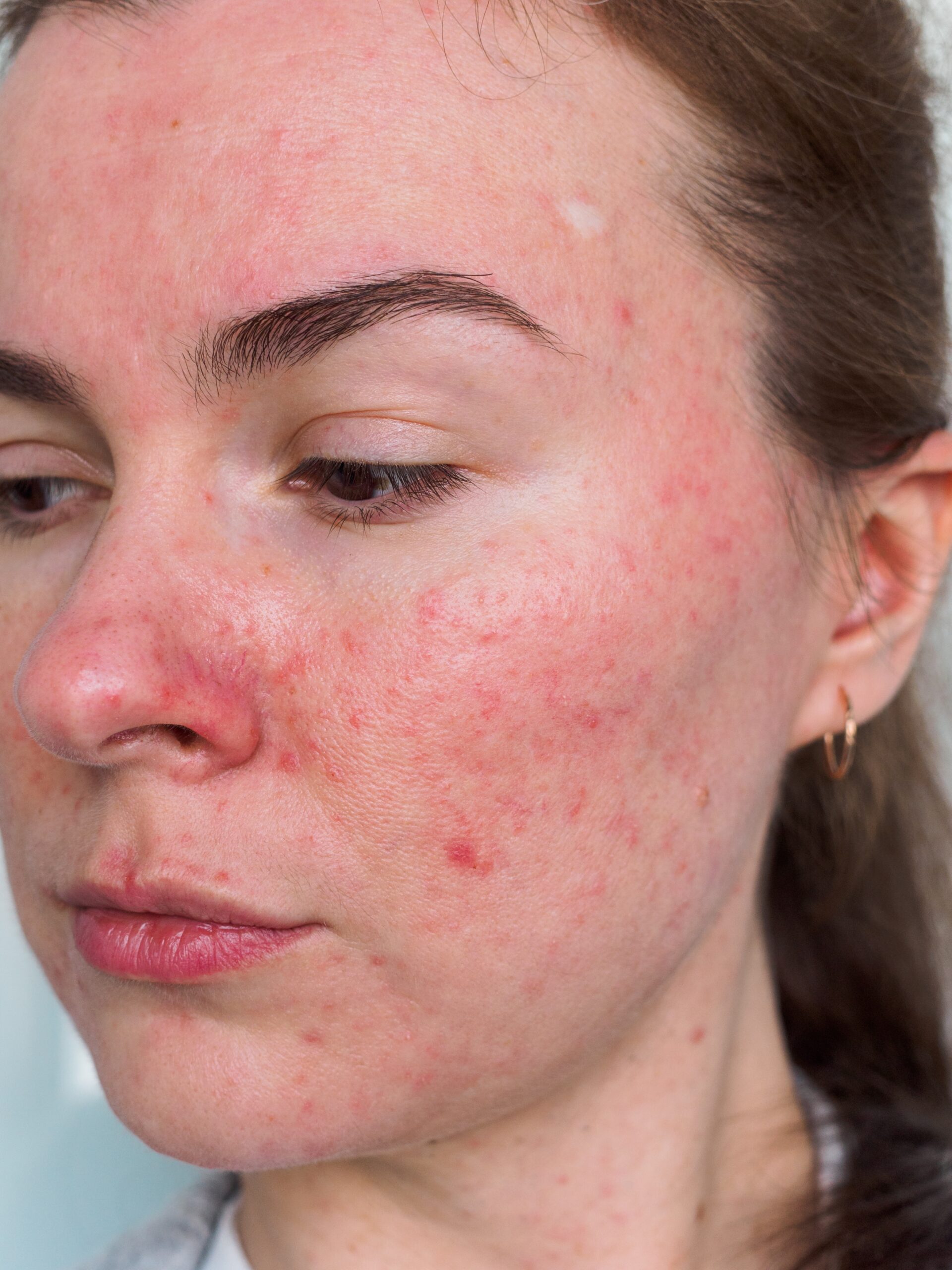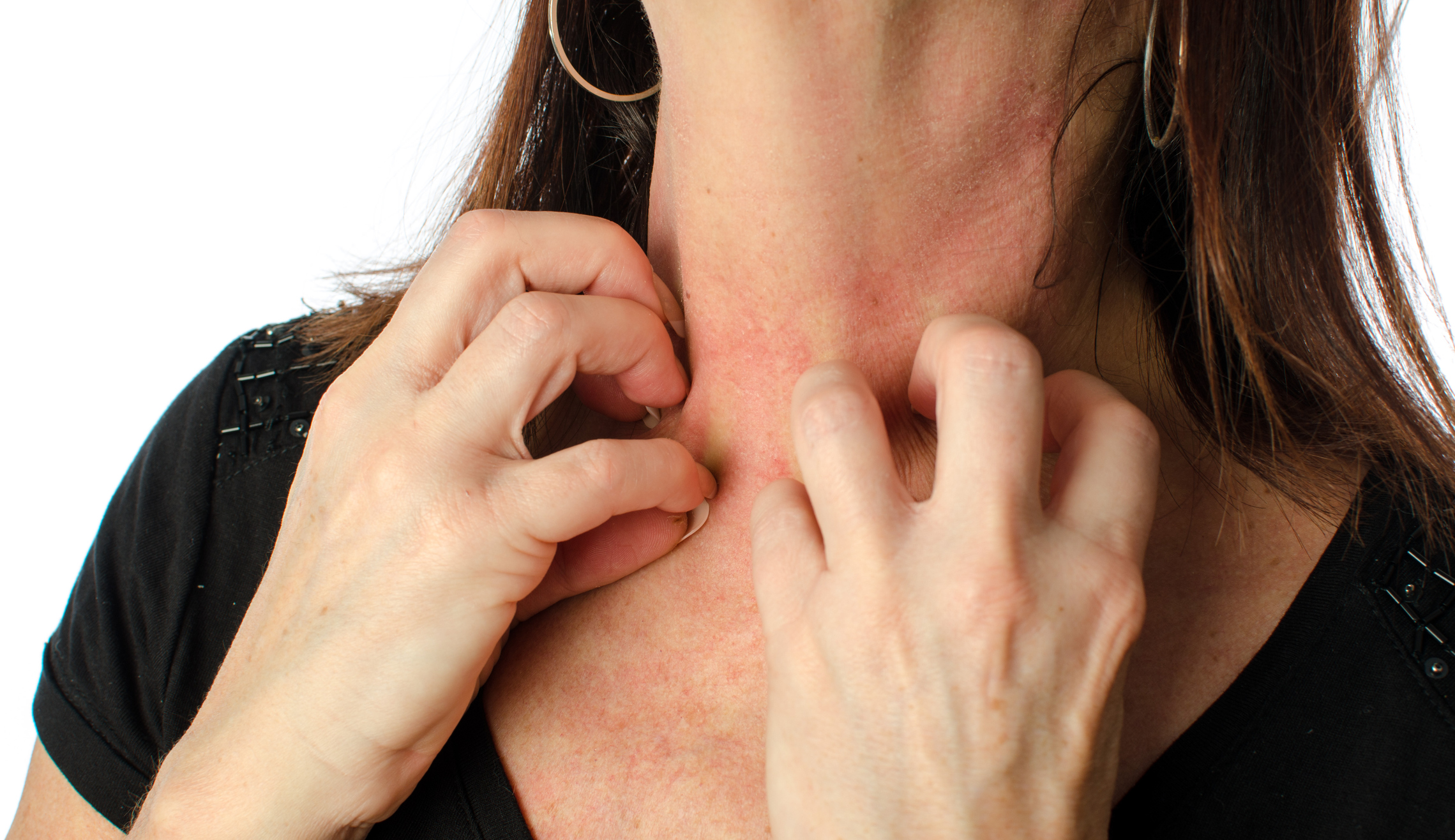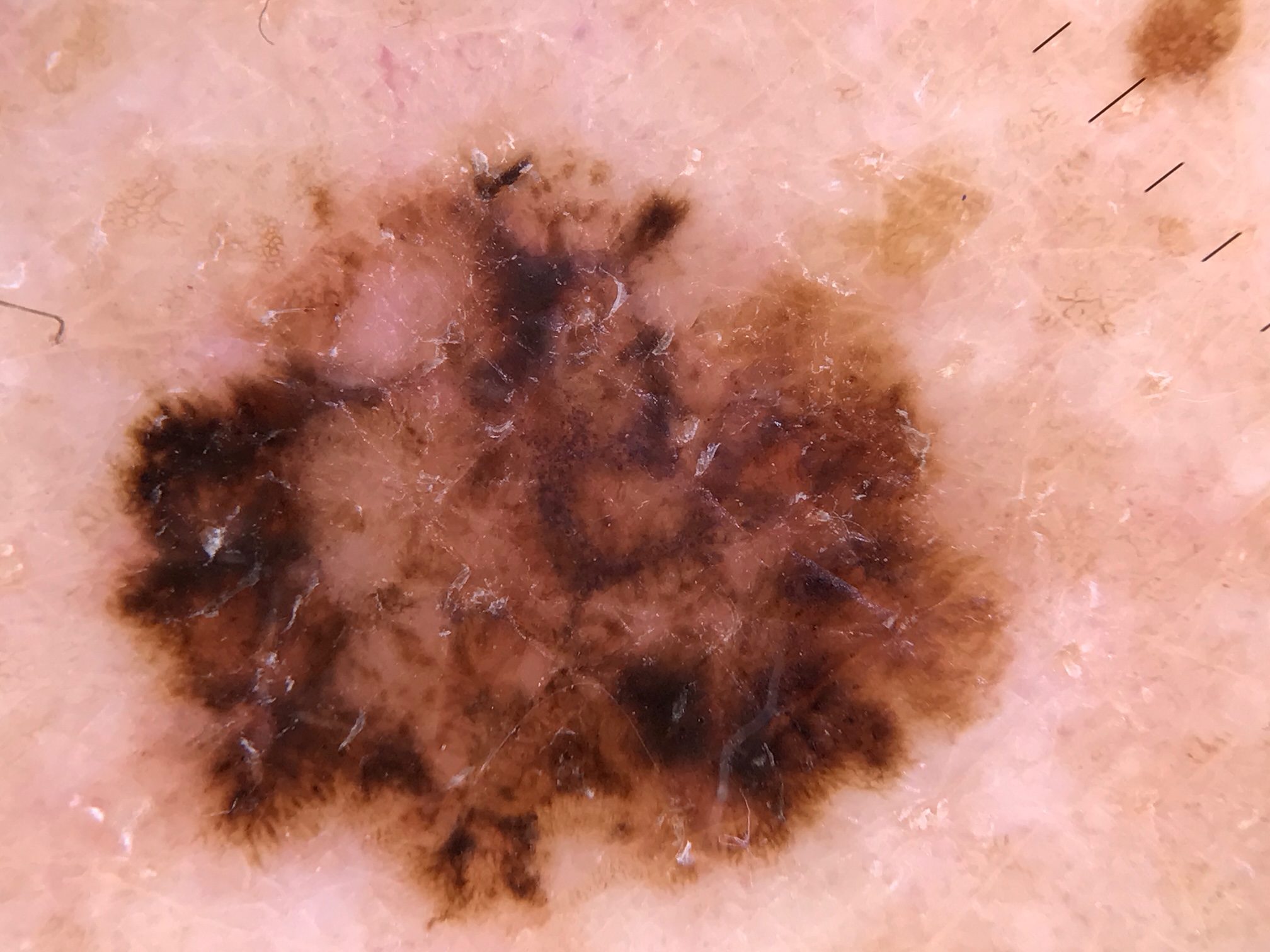Fragrance allergy is one form of allergic contact dermatitis caused by a fragrance chemical.
Fragrances and perfumes can either be synthesized or derived from a natural extract. They produce a pleasant scent or help to diminish the unpleasant scent of a product.
For an allergy, it is expected to have a previous sensitization to the fragrance chemical. Repeated skin contact with the chemical results in a delayed hypersensitivity reaction (type IV) that can arise within hours to days after the exposure.
Fragrance allergy is common and affects about 1% of adults. The rates in children and adolescents are slightly higher and account for 1.8%.
Fragrances are not limited to just perfumes and different cosmetic products. They are also found in the following products:
- Personal care products like shampoos, conditioners, body washes, and baby wipes.
- Flavours that are added into lipsticks. Toothpastes, food and drinks.
- Topical medicaments and balms.
- Electronic cigarettes.
- Household products like fabric softener, cleaning agents, and candles
Any individual who uses those fragranced products or experiences frequent exposures can eventually become sensitized to them.
According to the Consumer Safety review of fragrances conducted by the European Scientific Committee in 2011, 82 substances have been identified as contact allergens. 54 of those were classified as synthetic chemicals and 28 were classified as natural extracts. 12 of the chemicals and 8 of the natural extracts were identified as being at high risk of resulting in sensitization.
Fragrance allergy appears as dermatitis, usually as scaly erythematous plaques. Swelling, bullae, and vesicles may be observed. The affected spot(s) may itch, burn, and/or sting.
The prolonged exposure to the allergen may lead to chronic dermatitis with excoriation and lichenification.
The streaky patterns are observed in the areas that came in direct contact with the fragrance allergen. In women, the face, neck, and hands are commonly affected sites. In men, the most affected sites include hands, face, and lower legs. Armpits can be affected in both sexes. Moreover, the fragrance chemical can be transferred to an unexpected site. For instance, from hands, it can be transferred to the face.
The diagnosis of fragrance allergy is usually confirmed by patch testing. Approximately 10% of patients who are undergoing patch testing are found to have a fragrance allergy.
The first step in treating fragrance allergy is to identify the allergen. If possible, contact and/or exposure to the allergen should be avoided or minimized. Allergic contact dermatitis caused by exposure to a fragrance allergen is treated with a topical steroid with accordance to the body site and severity; regular use of emollients; or a short tapering course of systemic steroid like prednisone.
Fragrances are ubiquitous and its quote challenging to avoid them completely. Thus, it is recommended for fragrance-allergic patients to avoid using products without labels or products that contain any fragrance. “Fragrance-free” products can still include masking fragrances.
Centre for Medical and Surgical Dermatology offers unique and personalized fragrance allergy treatment options for each patient.
For more information about allergic contact dermatitis, visit the following link:
For more information about patch testing, visit the following link:



